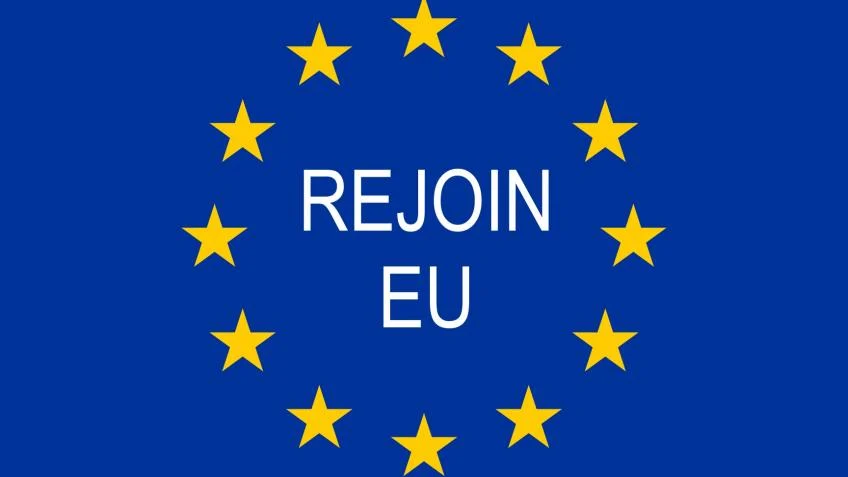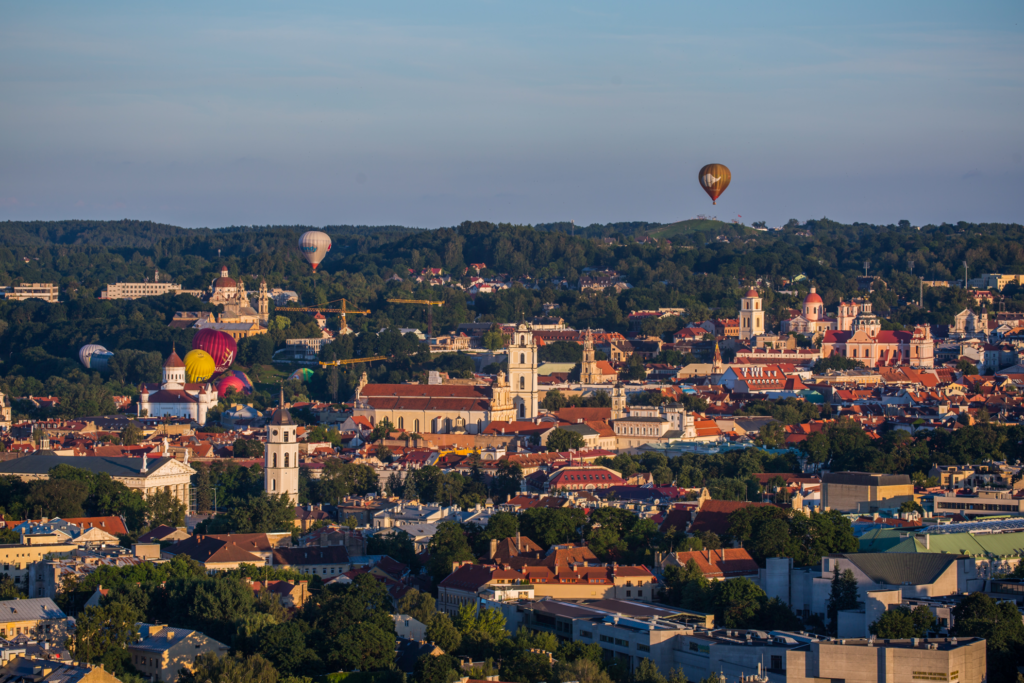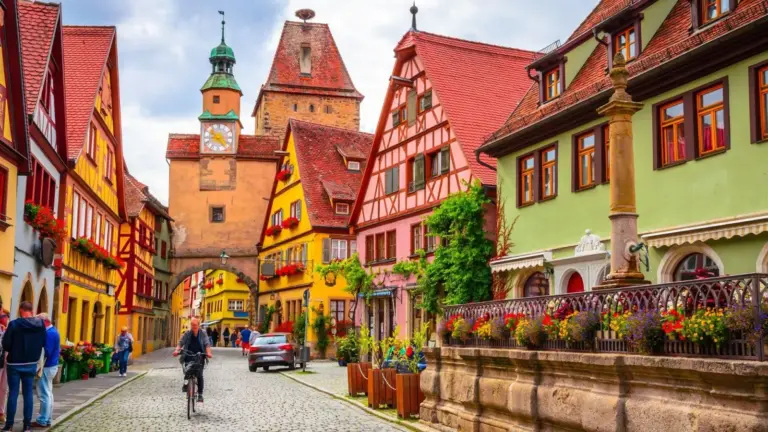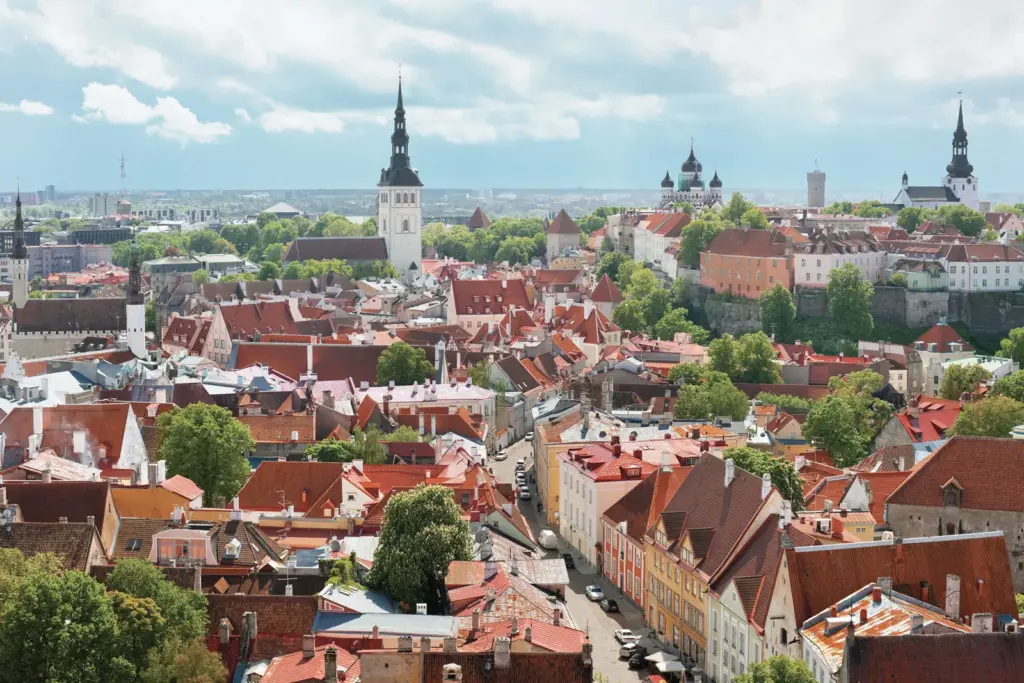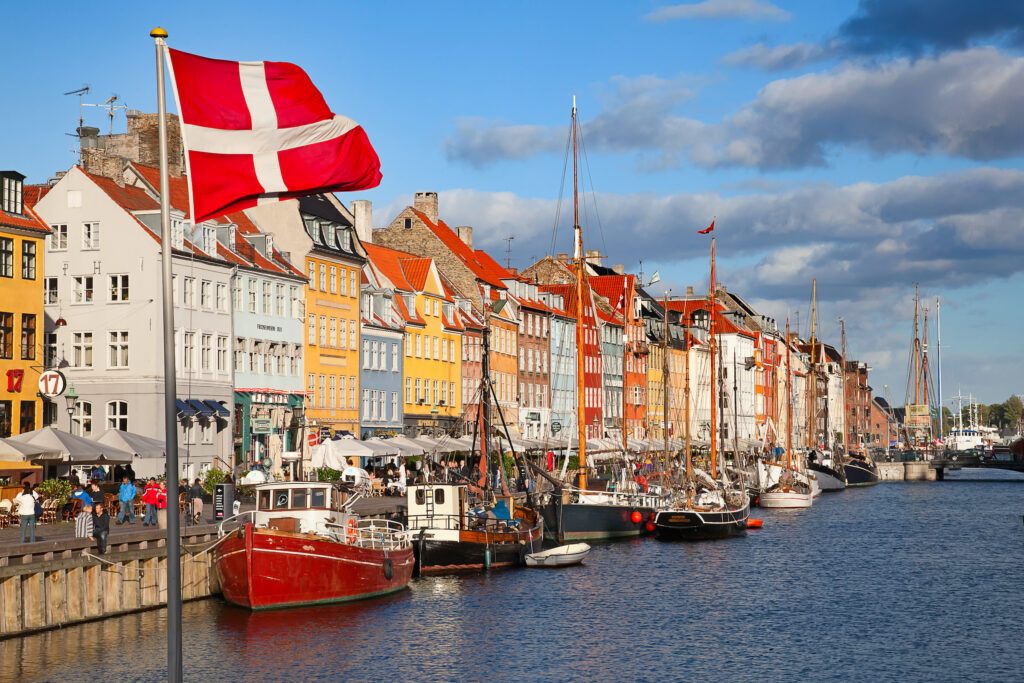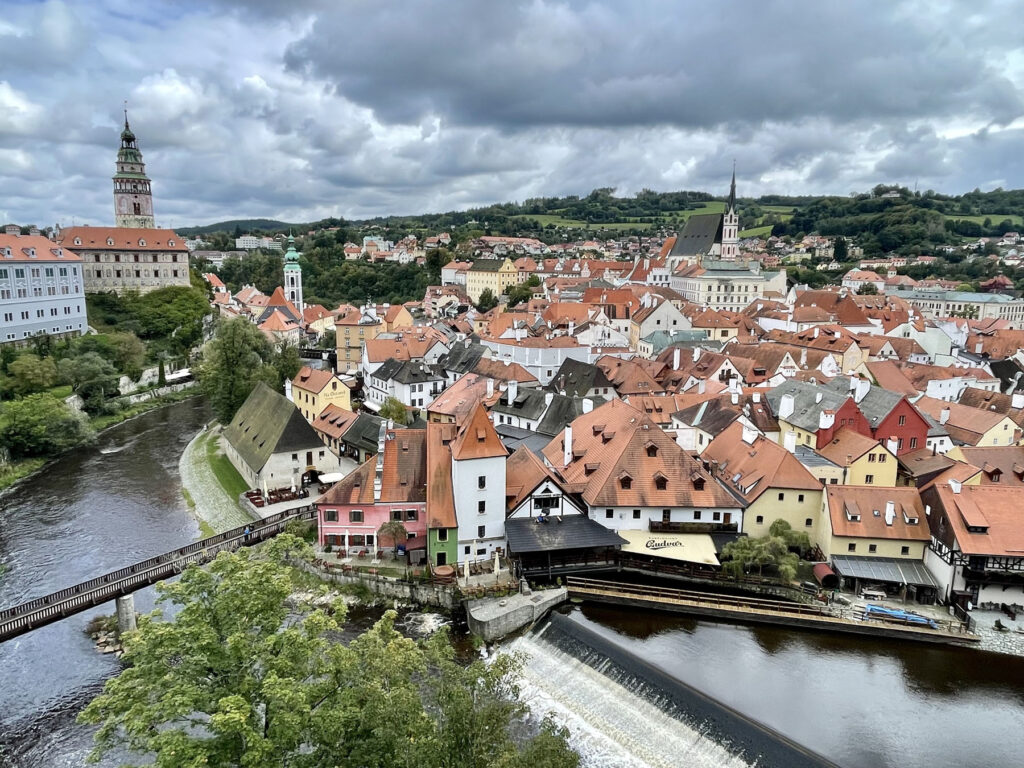Lithuania EU Member
Overview
Capital: Vilnius
Official EU language(s): Lithuanian
EU Member State: since 1 May 2004
Currency: euro (€)
Euro area: member since 1 January 2015
Schengen: member since 21 December 2007
Figures:
- Geographical size: 65 284 km2
- Population: 2 885 891 (2024)
(Source: Eurostat – figures for geographical size and population)
Political system
Lithuania is a parliamentary republic with a president who is the head of state. The president appoints the prime minister who is the head of government. The Parliament is a single-chamber legislative body. The country is divided into 60 municipalities, with directly-elected mayors.
Trade and economy
Lithuania’s GDP per capita of €32 500 ranks below the EU average (€37 600). It accounts for 0.4% of the EU’s total GDP.
(Source: Eurostat - figures for GDP per capita and GDP)
Budgets and funding
How does Lithuania benefit from the EU budget?
The EU budget is the tool to ensure that Europe remains a democratic, peaceful, prosperous and competitive force. The EU uses it to finance its priorities and big projects that most individual EU countries could not finance on their own.
The benefits of EU membership significantly exceed the size of the EU budget contributions and the examples are many. All Member States benefit from being part of the Single Market, a shared approach to the common challenges of migration, terrorism and climate change, and concrete gains like better transport infrastructure, modernised and digitalised public services and cutting-edge medical treatment.
How much each EU country pays into the EU budget is calculated fairly. The larger your country’s economy, the more it pays – and vice versa.
The EU budget is not about giving and taking – it’s about collectively contributing to making Europe and the world a better place for us all.
EU-funded projects in Lithuania
Money from the EU budget helps fund programmes and projects in all EU countries – for example to build roads, subsidise researchers and protect the environment.
Find out more about how Lithuania benefits from EU funding and recovery funds in your country or region.
